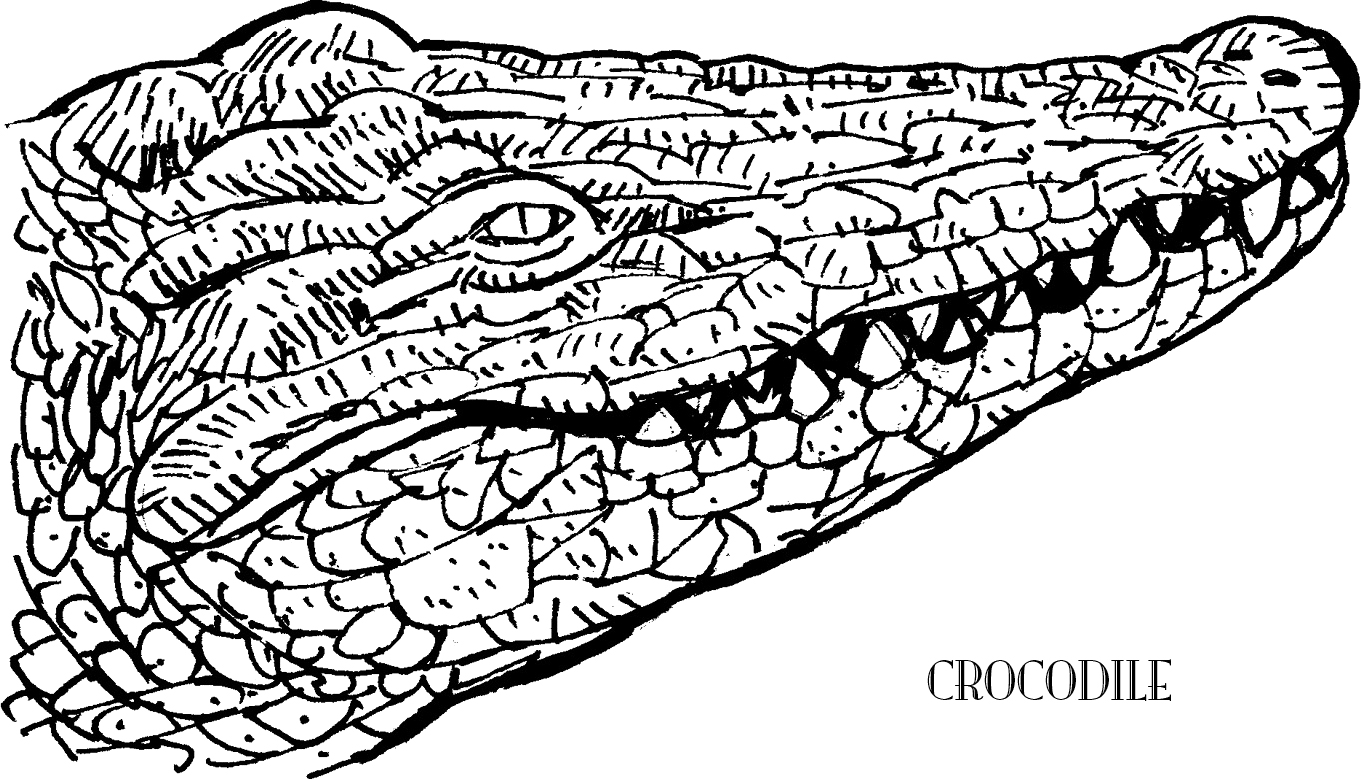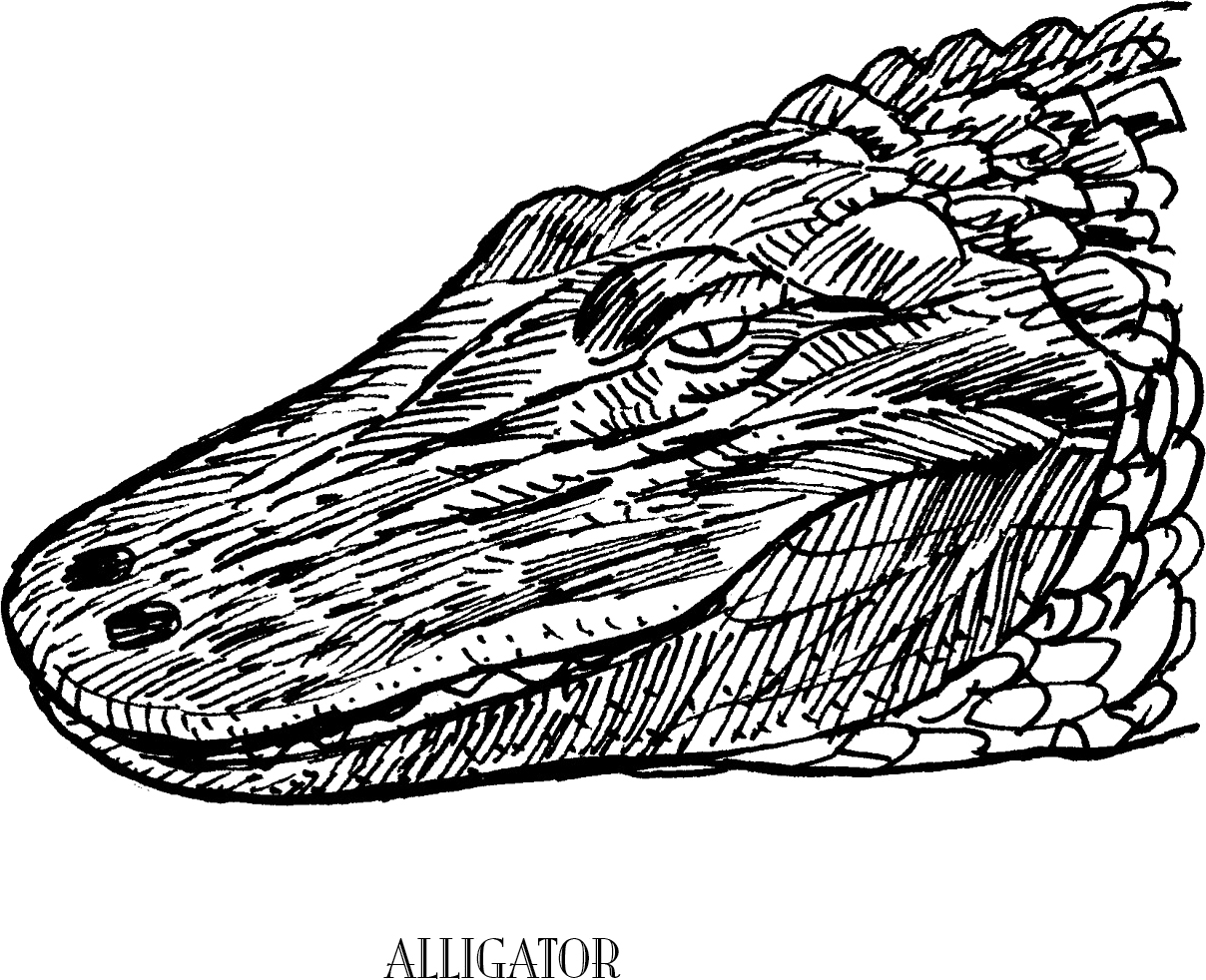Chapter 2
Growing Up in a Zoo
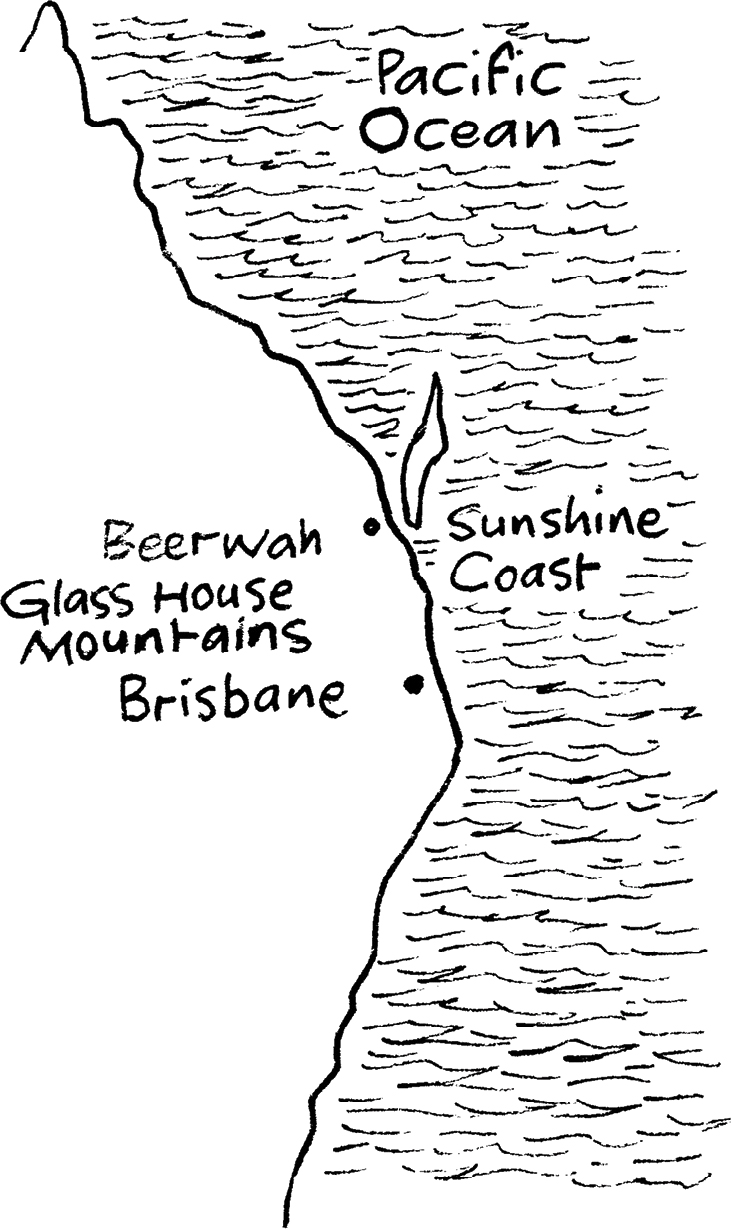
Beerwah, Queensland, seemed like the perfect place to build a reptile park. Beerwah was in one of Australia’s most beautiful areas—the Sunshine Coast. Tourists flocked to the area, especially in the summer.
The Pacific Ocean was a twenty-minute drive away. The Glass House Mountains were fifteen minutes to the south. People from all over the world came to hike there. To the west and south were forests and rivers where snakes slithered and crocodiles basked in the sun. The city of Brisbane was an hour south.
The Irwins bought four acres of land, parked their small RV trailer, and tried to settle in. Living in a trailer was cramped, to say the least. Two adults, three kids, snakes and baby animals, and everything the family owned.
Bob went to work building a shed and some reptile enclosures. Soon, the Irwins’ new life began to seem normal. The family belongings were in the shed. Many of the reptiles were in homes of their own. Bob and Lyn were beginning to live their dream. It would take time to build the perfect house, but no one seemed to mind. Living in the RV was fun. The RV would be their home for two years.
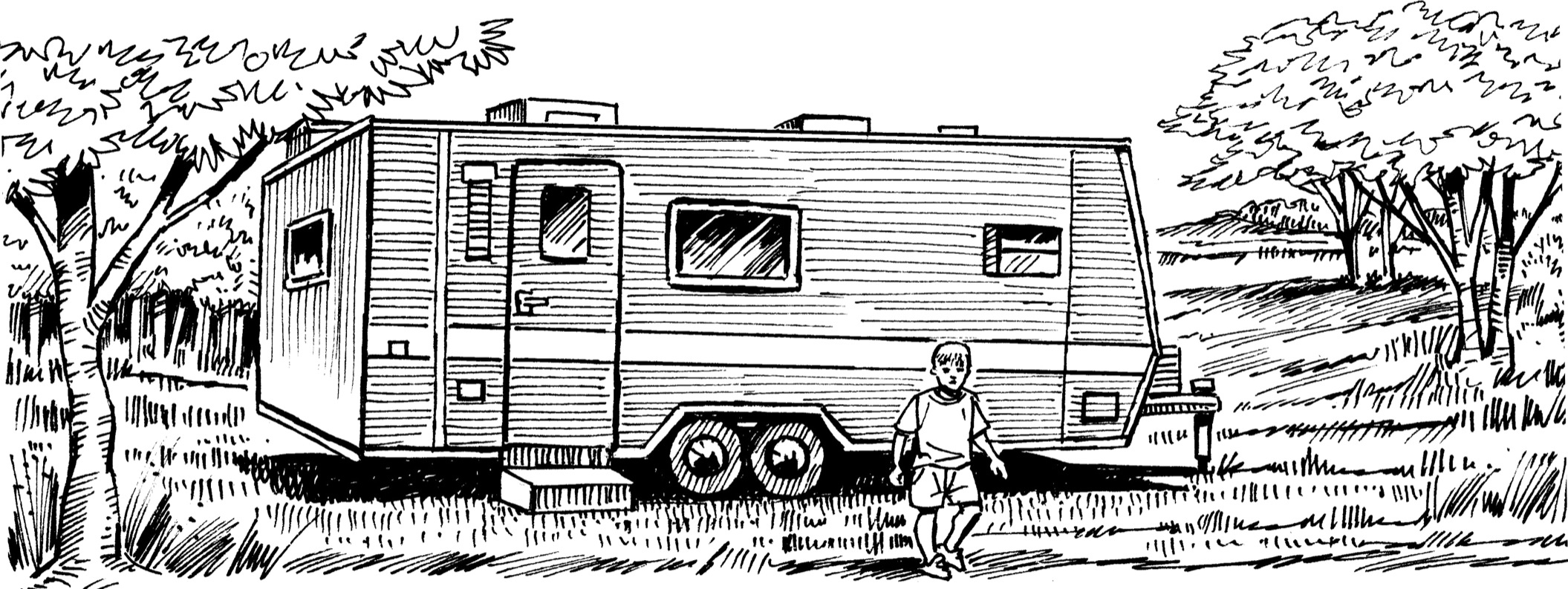
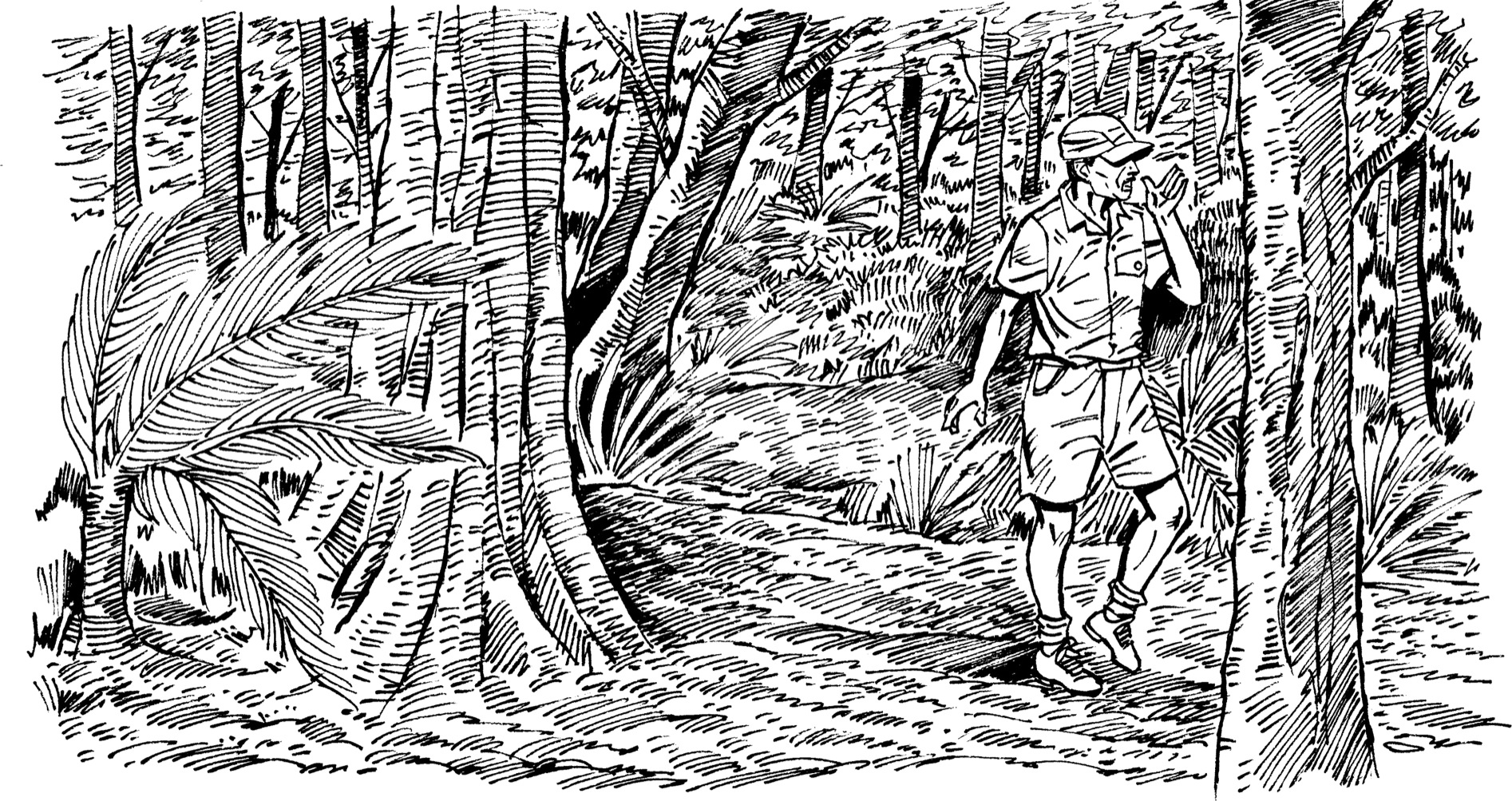
Every morning, Steve would dress in his school uniform for Landsborough State School. The school was not far from his new home, but Steve was often late. Lyn was always ready. Joy and Mandy were ready, too. Steve was ready, but nobody could ever find him. While Lyn and the girls waited in the car, Bob searched the woods and called Steve’s name. Where was Steve?

Out exploring! There was so much to discover in this exciting new world. Trees filled with laughing kookaburras and other birds. Streams alive with fish and snakes.
By the end of 1970, the Beerwah Reptile Park was up and running. Lyn and Bob placed ads in the local paper. Reporters wrote newspaper articles. People came to the park and told their friends about it. Tourists arrived. More enclosures were built. The zoo was growing. At last, the Irwins were making money doing what they loved.
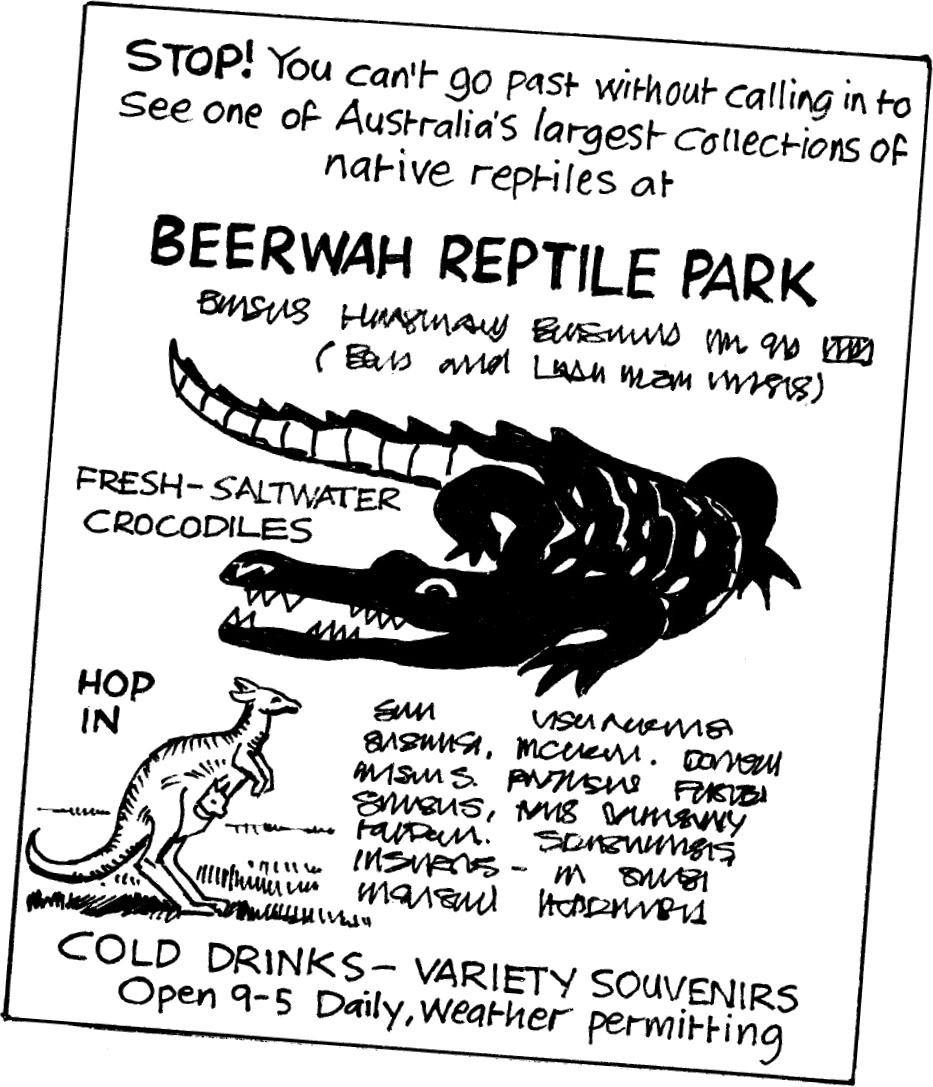
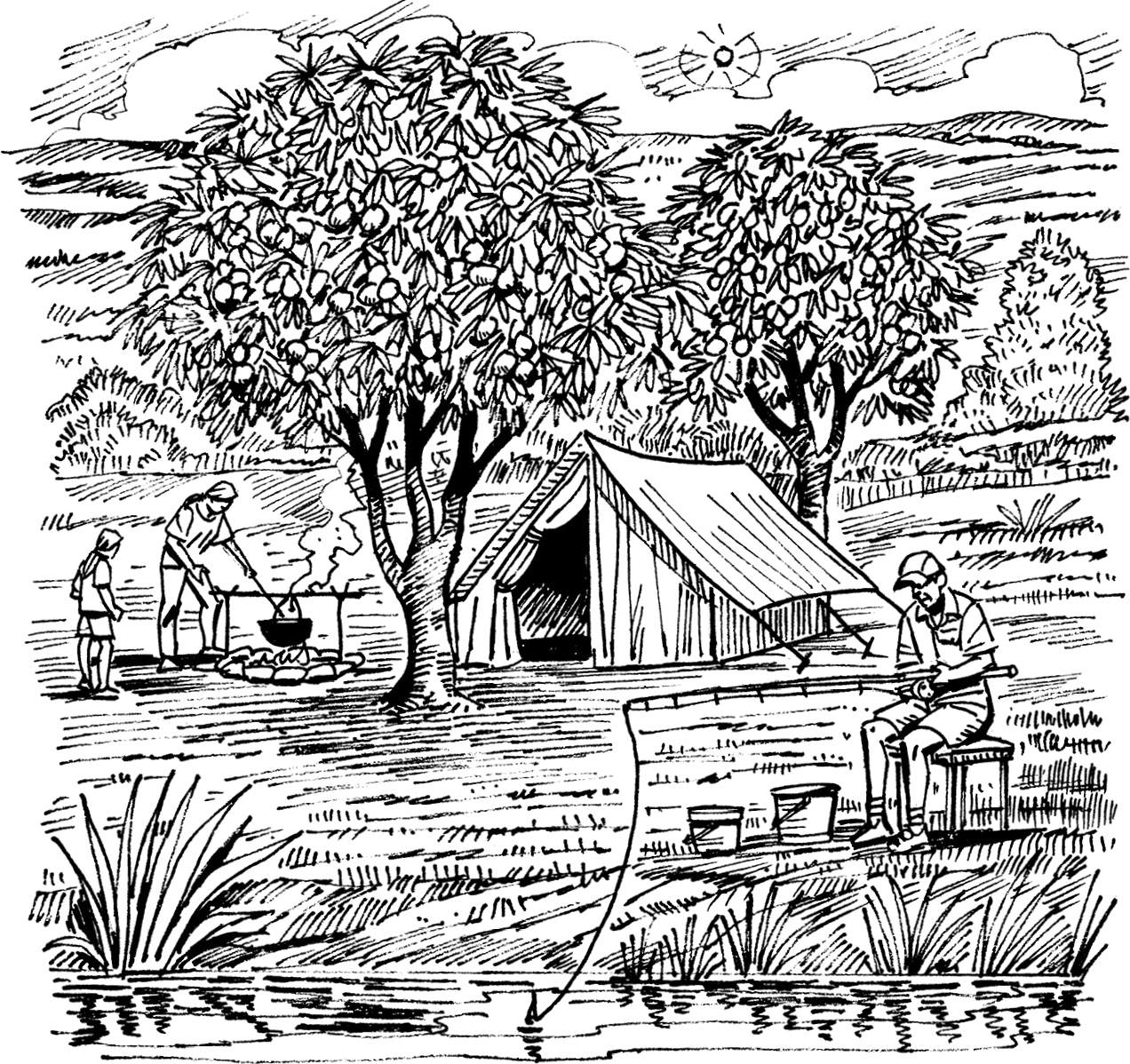
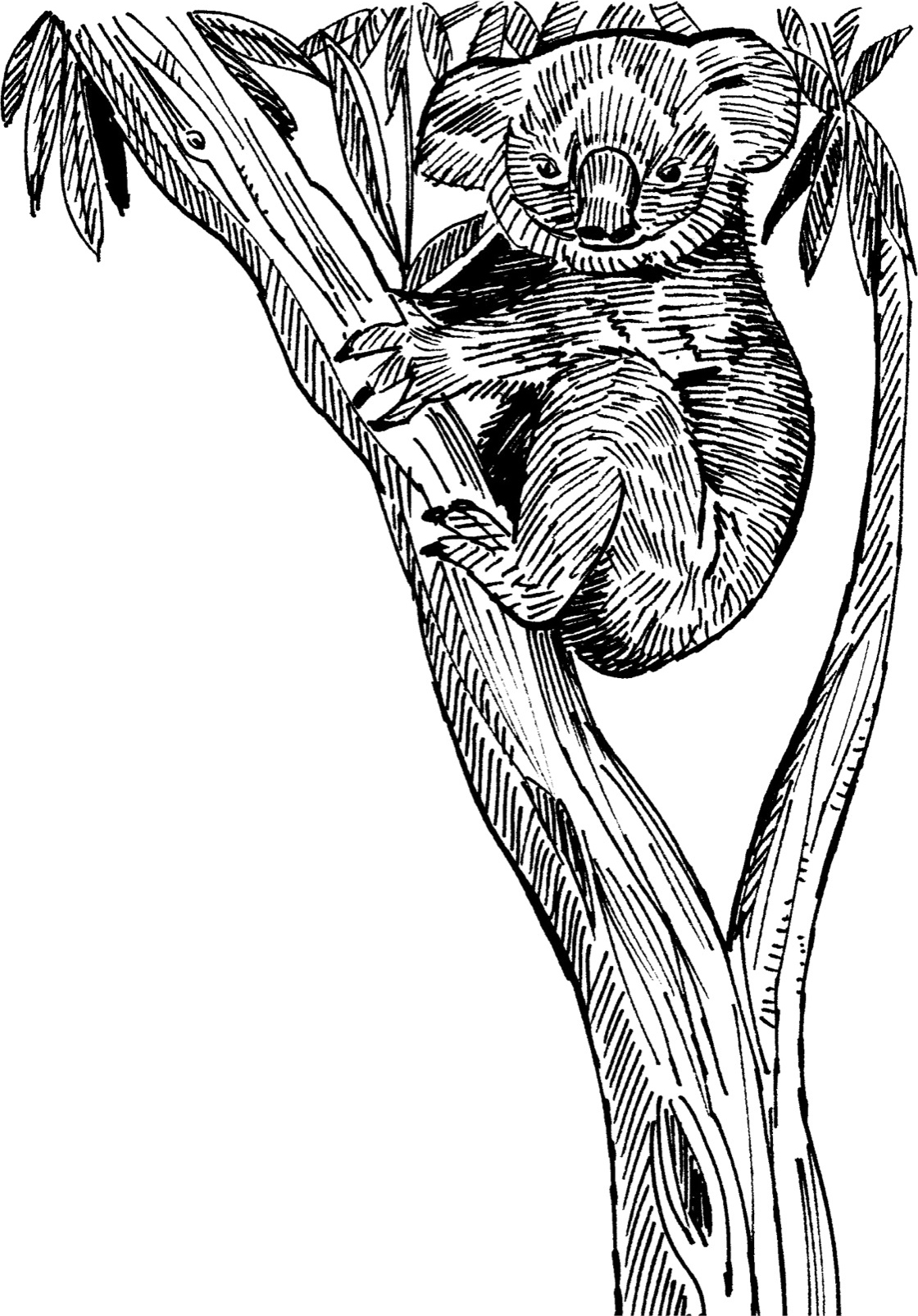
Bob was spending more and more time in the bush, studying wildlife. Kangaroos hopped through the forest. Koalas looked down from eucalyptus trees. At the riverbank, he watched the freshwater crocodiles move slowly through the water.
When Steve wasn’t at school, he went with his father. Sometimes he noticed that a croc seemed sick. Sometimes they thrashed angrily. Steve heard bulldozers in the distance. Bob explained that the noise upset the crocs. Nearby, land was being cleared for new buildings. The water was becoming polluted. The crocodiles’ home was changing. That was why they were getting sick.
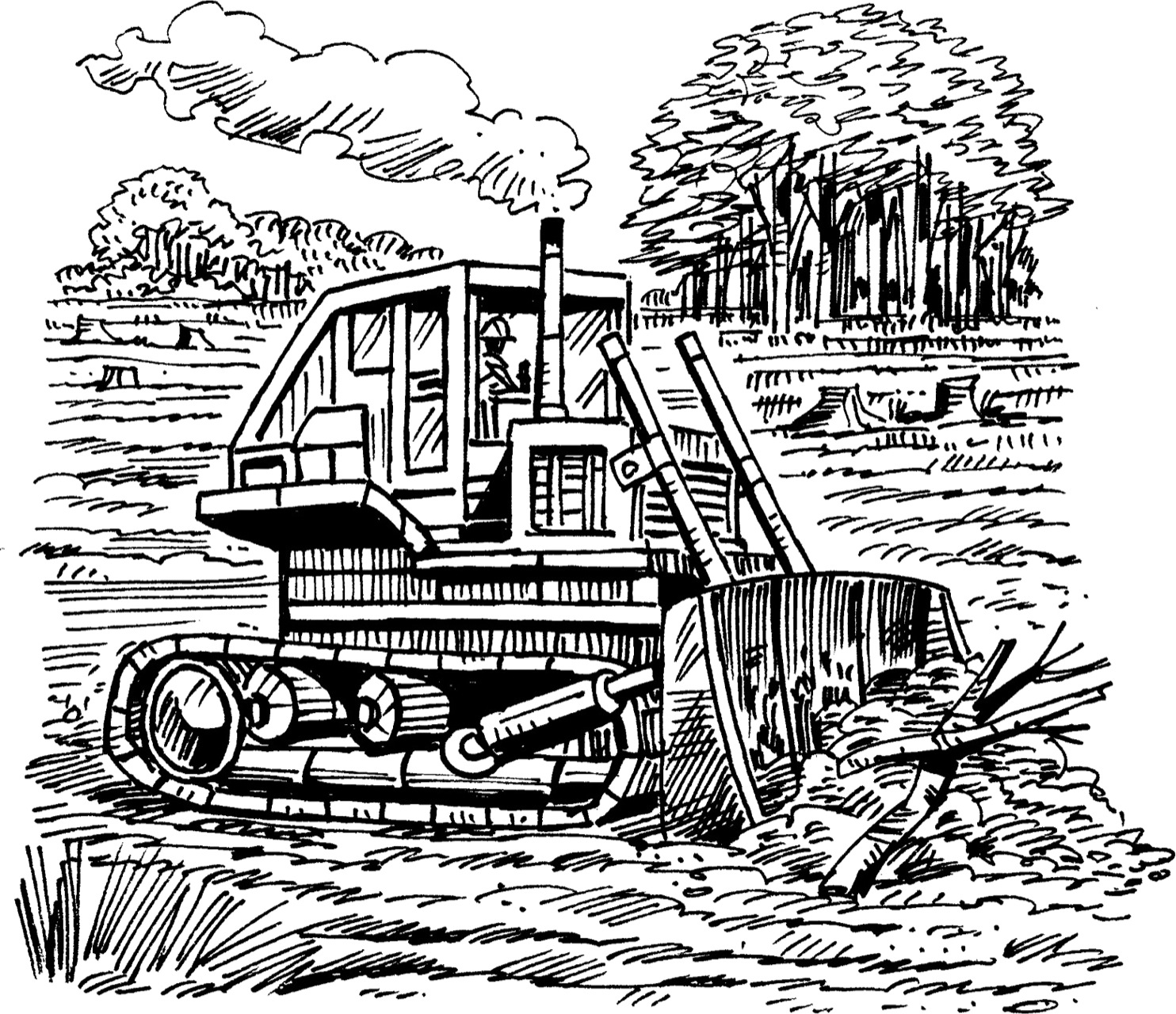
Bob and Steve wanted to rescue the crocs. Bob knew they were in danger of being killed. If land was being cleared, a golf course or home wasn’t far behind. Bob knew that many people didn’t want crocs nearby. They were afraid. Some people were shooting the crocs. But the crocs were afraid, too. Intruders were disturbing their homes.
Bob decided to move the crocs to new areas where the water was clean and they would be safe. But first he would have to find a way to care for the sick crocs. He would build a safe place in the park. Sick and injured crocs would stay until they were well enough to be returned to the wild.
As Steve watched from a distance, Bob used mesh netting to capture the crocs. Bob explained that crocs hated to be disturbed, but they calmed down if their eyes were covered. He taught Steve how to make a hood blindfold. He showed him how to tie up a croc’s jaws so it couldn’t bite.

Sometimes, when the croc was secure and wrapped in mesh, Steve helped his dad carry it to the truck for the trip back to the park.
Steve and Bob built larger enclosures for the crocs. They filled their ponds with clean, healthy water. After the crocs were well again, Bob and Steve returned many to the wild. But some remained in the park.
Bob loved telling people about the wildlife in his park. Before long, the word was out. Bob Irwin was well-known as an expert on snakes. Now he was talking about crocs, too.

